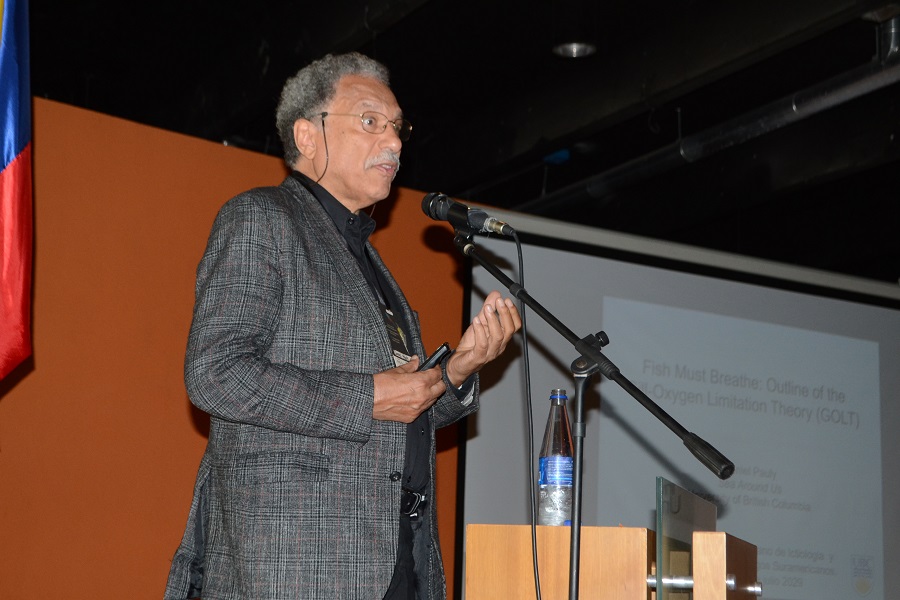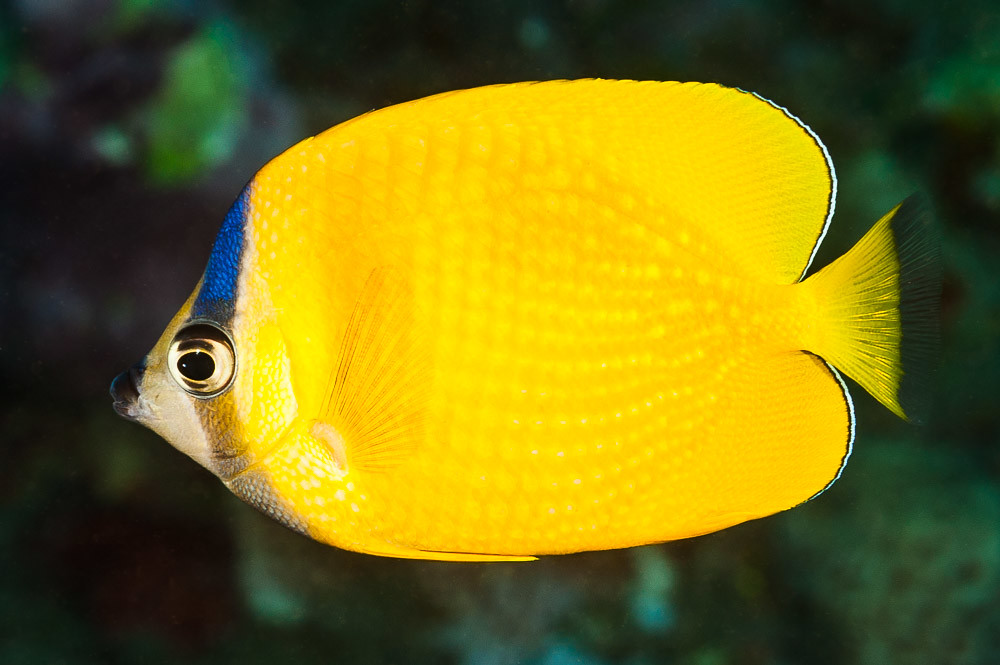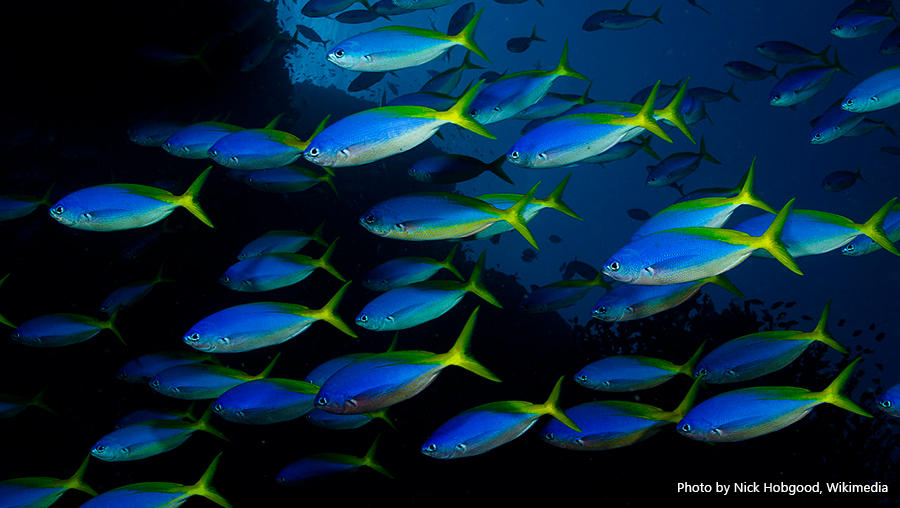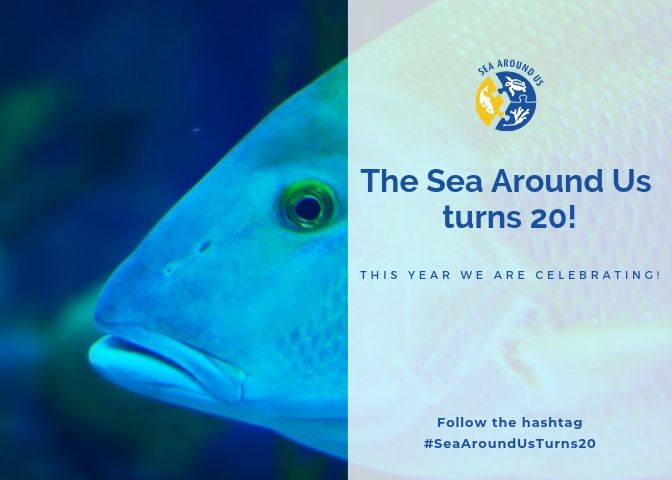In July 2019, the Sea Around Us Principal Investigator, Dr. Daniel Pauly, visited northern Colombia to attend the XV Congress of Colombian Ichthyologists and the VI Meeting of South American Ichthyologists, held at the Research Centre of the Antioquia University in Medellín.
Dr. Pauly was the keynote speaker on the first day of the three-day event. He presented a lecture titled ‘Fish must breathe: outline of the Gill-oxygen Limitation Theory (GOLT).’










